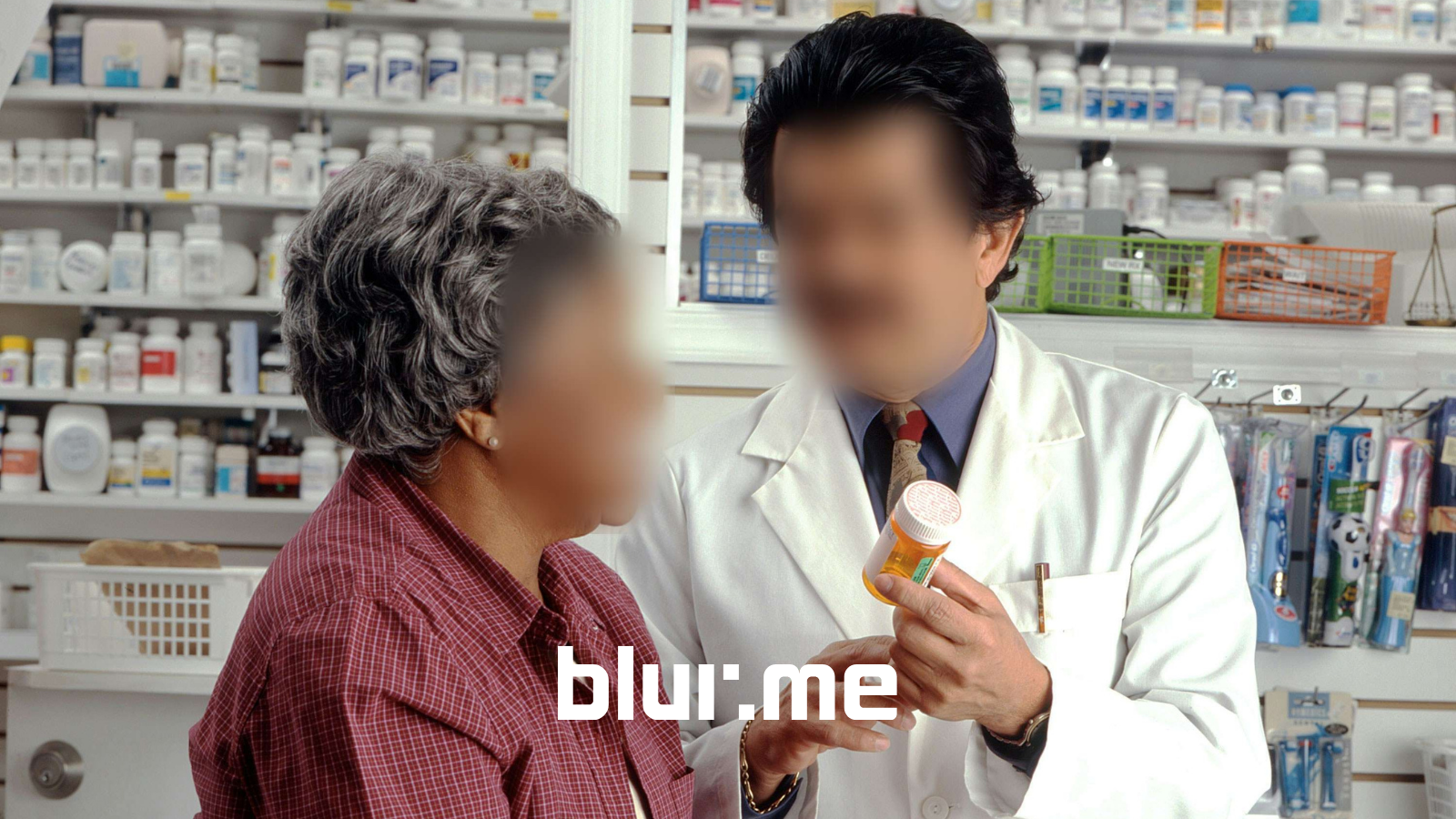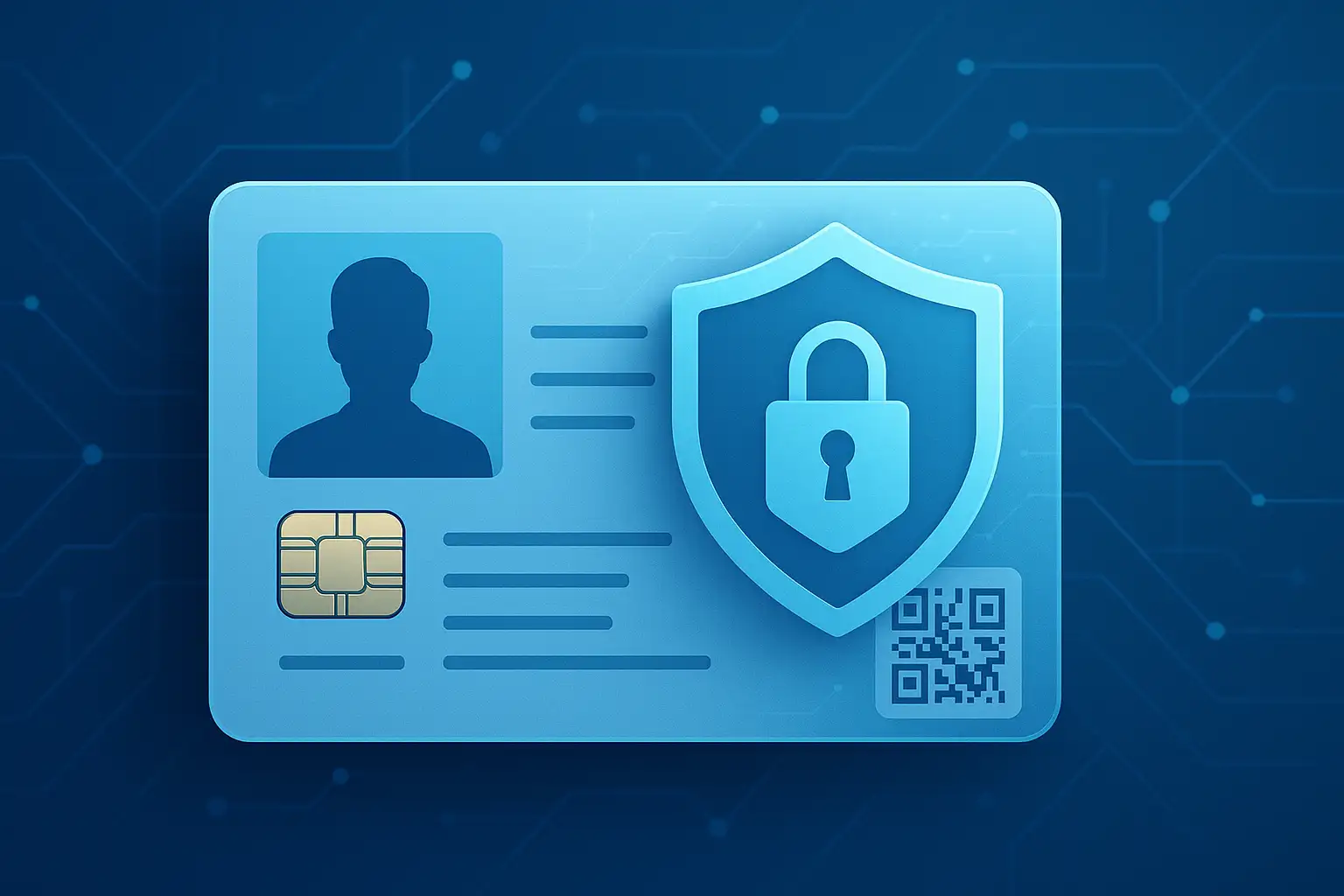When discussing privacy in healthcare, PHI vs PII is one of the most crucial distinctions. Whether you manage patient files, medical videos, or insurance records, understanding these two terms determines how you handle sensitive information safely and legally.
PHI stands for Protected Health Information, while PII stands for Personally Identifiable Information. Both relate to data that can identify individuals, but their scope and legal protection differ, especially under HIPAA (Health Insurance Portability and Accountability Act).
Let’s break down what each term means, how they overlap, and the best ways to protect them using AI-powered redaction and blurring tools like BlurMe.
What Does PHI Stand For in Medical Terms?
PHI (Protected Health Information) refers to any data that connects an individual's identity to their medical records.
This includes anything created, received, stored, or transmitted by healthcare providers, insurers, or business associates.
Examples of PHI
- Patient names, addresses, or phone numbers linked to health data
- Medical record numbers or lab results
- Insurance information
- Doctor’s notes and prescriptions
- Video footage of patients in hospitals or clinics
PHI can appear in documents, photos, and videos such as security footage or telehealth sessions. These visual records often require video redaction software to comply with HIPAA rules and prevent identity exposure.
What Is PII in Healthcare?

PII, or Personally Identifiable Information, refers to any data that can identify an individual — even outside healthcare contexts. In hospitals or insurance databases, PII often overlaps with PHI, but not all PII is health-related.
Examples of PII
- Name, date of birth, address
- Email or phone number
- Social Security number
- Driver’s license or ID
- Financial details
In healthcare settings, PII becomes PHI once it’s connected to medical information. For example, “Jane Doe’s heart condition” is PHI, while “Jane Doe” alone is simply PII.
PHI vs PII: What’s the Difference?
| Aspect | PHI (Protected Health Information) | PII (Personally Identifiable Information) |
|---|---|---|
| Definition | Data linking identity to health details | Data identifying an individual |
| Scope | Healthcare-related only | Broader, across all industries |
| Regulation | Governed by HIPAA | Governed by general privacy laws (GDPR, CCPA, etc.) |
| Examples | Medical records, test results, patient videos | Name, email, social security number |
| Protection Needed | High – strict under HIPAA | Moderate to high depending on context |
In short: PHI is a subset of PII, but it carries stricter security and privacy requirements because it involves health data.
Why Does PHI Require More Protection Than PII?
PHI is more sensitive because it reveals personal health conditions that, if exposed, could cause harm — from identity theft to discrimination. That’s why HIPAA imposes rigorous safeguards for all electronic, verbal, or visual PHI.
Healthcare organizations, clinics, and even marketing teams that handle patient media must anonymize identifiable data before sharing or storing it.
This includes blurring faces in videos, removing names from reports, or redacting private information from digital documents.
Using BlurMe to Protect PHI and PII in Healthcare

BlurMe is an AI-powered redaction and blurring platform that helps healthcare professionals and compliance teams automatically anonymize sensitive data in videos and images directly in the browser.
1. Blur Faces in Medical Videos
Video content from hospitals, telemedicine consultations, or security cameras may contain identifiable patient faces.
With BlurMe’s AI Face Tracking Blur Tool, you can automatically detect and blur every face in a clip — ensuring HIPAA compliance while maintaining visual context.
→ Learn more in our Blur Face in Video guide.
2. Redact Sensitive Areas and Text
Need to hide patient names, ID numbers, or visual health data? BlurMe’s Custom Blur Tool lets you manually select areas to obscure — ideal for radiology images, ID badges, or documents shown on-screen.
3. Pixelate Video for Full Anonymity
For extreme privacy cases, BlurMe’s Pixelate Video option replaces blurred regions with pixel blocks, ensuring no recoverable details remain.
→ Check out our Pixelate Video tutorial for advanced techniques.
4. Blur Live Streams or Surveillance Footage
Hospitals often use CCTV or telehealth systems where real-time anonymization is critical. BlurMe supports live video anonymization, making it easier to redact faces instantly during broadcasts or recordings.
→ Learn about CCTV Redaction Software.
Best Practices for Protecting PHI and PII Data
1. Classify Data Early
Before processing or sharing any content, identify whether it contains PHI or PII. Tag your data accordingly to apply the right protection protocols.
2. Use AI Redaction Tools
Manual redaction is time-consuming and error-prone. AI-powered tools like BlurMe detect faces, license plates, and other identifiable elements automatically — ideal for healthcare video archives.
3. Apply Role-Based Access
Limit who can view sensitive data. Ensure only authorized healthcare staff, compliance officers, or editors can access PHI files.
4. Encrypt and Store Securely
Always encrypt PHI during transmission and at rest. Secure cloud storage systems should comply with HIPAA and GDPR standards.
5. Review Compliance Regularly
Regular audits help identify weak spots in data handling. Pair these with video redaction practices to keep visual materials compliant.
→ Explore our Best Redaction Software for FOIA Requests guide for more compliance strategies.
PHI vs PII in Real-World Healthcare Examples
| Scenario | Data Type | Protection Method |
|---|---|---|
| Patient interview video | PHI | Blur patient faces using BlurMe |
| Hospital CCTV footage | PHI & PII | Use AI face anonymization |
| Insurance billing records | PII | Redact names and account numbers |
| Public health survey | PII | Remove identifiers before publishing |
Healthcare providers increasingly rely on AI-driven redaction software to meet compliance standards while maintaining data utility.
FAQ: PHI and PII Data Protection
1. What is the difference between PHI and PII in healthcare?
PHI includes any health information linked to identity, while PII is general personal data. All PHI is PII, but not all PII is PHI.
2. Does PHI require more protection than PII?
Yes. PHI is regulated under HIPAA and must be secured through encryption, anonymization, and blurring in digital media.
→ Learn about HIPAA Guidelines.
3. How do I blur PHI in videos?
Use an AI-powered tool like BlurMe to automatically detect and anonymize faces or text in medical videos.
→ See Best Video Redaction Software for more solutions.
4. Can BlurMe anonymize live healthcare feeds?
Yes. BlurMe supports Live Video Anonymization for telehealth, hospitals, and CCTV footage.
5. What if I only need to blur one face or area?
Use BlurMe’s Custom Blur or Face Tracking Blur Tool for precise, frame-by-frame control.
→ Visit our Blur Video Online guide for a full walkthrough.
Final Thoughts: Protect Privacy with BlurMe
Understanding PII and PHI meaning in healthcare isn’t just about compliance, it’s about trust.
From patient confidentiality to secure media handling, protecting identifiable data ensures your organization meets HIPAA, GDPR, and ethical standards.
Whether you’re editing patient interviews, anonymizing surveillance footage, or preparing public health reports, BlurMe’s AI-powered redaction software gives you an easy, secure way to protect PHI and PII — directly online, no installation required.
Protect identities and comply with HIPAA in minutes.
Try BlurMe Face Blur today — the fastest AI-powered tool to blur, pixelate, and anonymize healthcare videos securely online.









